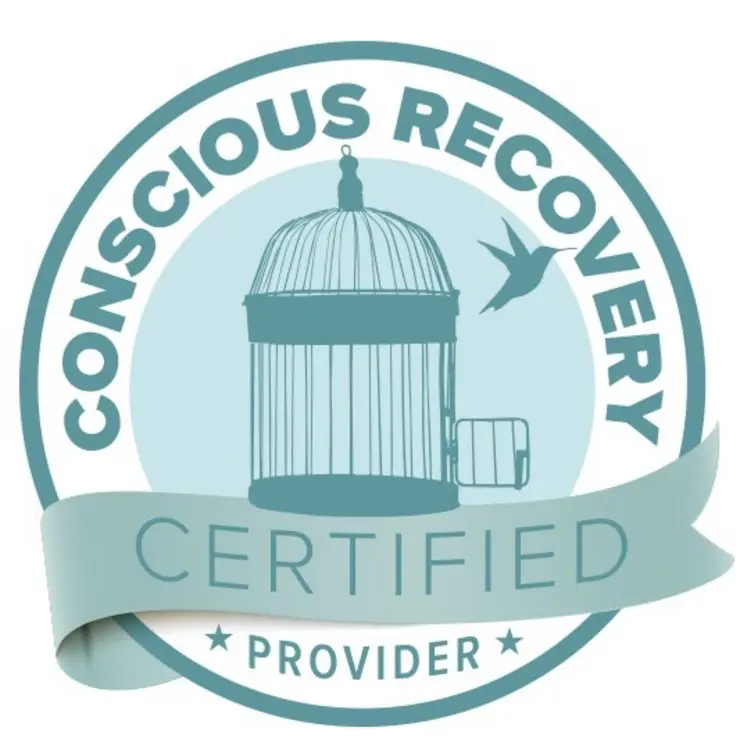Understanding your attachment style can provide invaluable insight into your personal and professional relationships. At Monima Wellness, we specialize in helping women navigate complex emotional and psychological landscapes, including the impact of trauma on attachment styles. This resource page is designed to guide you through the fundamentals of attachment theory and help you identify your attachment style.

The following quiz is designed to help you identify your attachment style. It consists of a series of questions to which you will respond based on how closely they resonate with your feelings and relationship behaviors. Please note that this quiz is not a diagnostic tool but a self-evaluation to help you better understand your attachment style.
After completing the quiz, you’ll receive a summary of your attachment style with suggestions on managing and working through any challenges you might face. If you find that your attachment style is affecting your relationships or mental health, consider reaching out to Monima Wellness for professional support.
You’re never alone at Monima. Become part of a community of like-minded women with the support of master-level clinicians and mental health experts.
Attachment styles are foundational patterns of behavior in early childhood, deeply rooted in the relationship between a child and their parents or primary caregiver. A caregiver’s responsiveness to our needs shapes these patterns and significantly influences how we learn to connect with others. Over time, attachment styles often become ingrained, persisting into adulthood and shaping how we relate to partners, friends, and even colleagues in our relationships.
Attachment theory was pioneered by psychologist John Bowlby, who believed that the bonds formed with caregivers in early life were crucial for survival and emotional development. His work was further elaborated by Mary Ainsworth, whose “Strange Situation” study in the 1970s provided empirical evidence to classify these attachment behaviors into distinct categories.
Understanding your attachment style can be a powerful tool for improving your relationships and emotional well-being. The four primary attachment styles are:
Those with a secure attachment style typically have a favorable view of themselves and others. They generally feel comfortable with intimacy and can balance closeness with independence in their relationships. This attachment style often develops when a caregiver consistently responds to the child’s needs, offering a reliable source of comfort and support. As adults, securely attached individuals tend to have healthy, trusting, and long-lasting relationships.
Those with an anxious-preoccupied attachment style may struggle with feelings of self-worth and harbor a deep fear of abandonment. They often seek high intimacy, approval, and reassurance from their partners, sometimes becoming overly dependent. This attachment style is frequently linked to inconsistent caregivers—sometimes nurturing and sometimes unavailable—creating an environment of uncertainty for the child. As adults, individuals with this style may experience anxiety in relationships, constantly seeking validation from their partners.
Contact us today at 858-500-1542 to begin crafting your path to recovery.
Individuals with a dismissive-avoidant attachment style tend to distance themselves emotionally from others. They highly value independence and self-sufficiency, often at the expense of close relationships. This attachment style may develop when a caregiver is emotionally unavailable, dismissive, or unresponsive to the child’s needs, leading the child to rely on themselves for emotional support. As adults, these individuals may avoid intimacy, appear emotionally distant, and prioritize autonomy over connection in their relationships.
The fearful-avoidant attachment style, also known as disorganized attachment, is characterized by a contradictory desire for close relationships combined with a deep fear of intimacy and vulnerability. This style often emerges in children who have experienced trauma, neglect, or loss, leading to a confusing and unpredictable attachment pattern. These individuals may crave connection but fear being hurt, resulting in a push-pull dynamic in relationships. As adults, they may struggle with trust, experience intense emotional highs and lows, and have difficulty maintaining stable relationships.
Once you’ve completed the quiz, you’ll receive an analysis of your responses that will categorize you into one of the four attachment styles. Here’s a brief overview of what each result means:
To further enhance our clients’ recovery experience, Monima Wellness has partnered with Ohana Recovery Residences. This partnership allows us to offer optional safe transitional housing for women in our outpatient programs. Women who choose to stay at Ohana Recovery Residences benefit from an immersive, supportive recovery environment surrounded by a like-minded female community.
Understanding your attachment style is just the beginning. Professional guidance can be incredibly beneficial if your attachment style is causing difficulties in your relationships or overall mental health. At Monima Wellness, we offer specialized support for women dealing with trauma, anxiety, and dual diagnoses in San Diego.
Our therapeutic approaches integrate a range of evidence-based and holistic therapies, such as eye movement desensitization and reprocessing (EMDR), cognitive processing therapy (CPT), and trauma-informed yoga, to address the root causes of attachment trauma. In addition, healing modalities like sound therapy, acupuncture, reiki, and Traditional Chinese Medicine (TCM) provide a comprehensive path to emotional balance and relationship healing.

If you’re interested in learning more about how your attachment style impacts your life or if you need support, please don’t hesitate to contact our team of experts at Monima Wellness. Our experienced clinicians are here to help you on your journey to healing and self-discovery.
Contact us today at 858-500-1542 to begin transforming yourself and your relationships.
Find out if Monima is the right treatment center for you or your loved one. Please note: we are an insurance-friendly organization.

